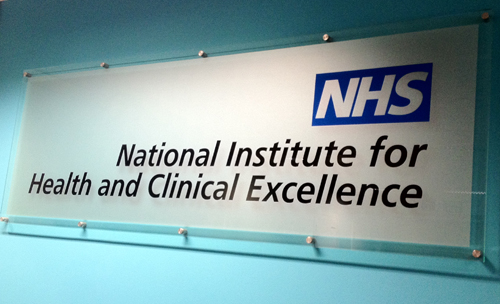The pharmaceutical and medtech industries have raised several detailed concerns about the methodologies used by the UK’s National Institute for Health and Care Excellence (NICE). Here are some specific issues and criticisms cited by industry stakeholders:
1. Severity Modifier and Cost Effectiveness:
AstraZeneca’s Perspective: Pascal Soriot, CEO of AstraZeneca, criticised NICE’s decision to classify metastatic breast cancer as moderately severe rather than severe. This classification affects the cost-effectiveness threshold applied to drugs like Enhertu (trastuzumab deruxtecan), making it less likely to be recommended for NHS use. Soriot argued that the disease should have a higher severity modifier, which would allow for a higher acceptable cost-effectiveness ratio [Fierce Pharma, 2024].
Industry Implications: NICE’s methodology impacts the ability of innovative treatments to gain approval in the UK, potentially limiting patient access compared to other countries. This discrepancy is seen as a barrier to investment in the UK’s pharmaceutical sector [PharmaPhorum, 2024].
2. Pathways Approach:
ABPI’s Concerns: The Association of the British Pharmaceutical Industry (ABPI) has expressed concerns about NICE’s pathways approach, which aims to develop single disease models for evaluation. The ABPI argues that this approach may not be feasible in practice and could lead to inequities in how medicines for different diseases are assessed. There is also concern that companies would have less input and control in the appraisal process under this model [Remap Consulting, 2024].
Efficiency and Equity Issues: While the pathways approach aims to streamline evaluations, the ABPI suggests it might not increase efficiency as intended and could create challenges in evaluating medicines across various disease areas [Remap Consulting, 2024].
3. Discount Rate:
Missed Opportunities: NICE decided not to change the discount rate despite strong evidence and support from stakeholders. The current discount rate is seen as undervaluing the long-term benefits of medicines, which could deter pharmaceutical companies from prioritizing the UK for new drug launches. The ABPI highlighted this as a significant missed opportunity to enhance the value assessments of new treatments [ABPI, 2022; PharmacoEconomics, 2020].
4. Managed Entry Agreements (REMA):
ABPI’s Support with Reservations: The REMA initiative is welcomed for its potential to allow early patient access to modern technologies without full upfront assessments. However, the ABPI stresses the need for flexibility in demonstrating cost-effectiveness. NICE and NHS England’s requirement for an incremental cost effectiveness ratio (ICER) calculation remains a point of contention, with calls for a broader range of costeffectiveness thresholds [Remap Consulting, 2024].
5. Broadening the Definition of Severity:
New Severity Modifier: NICE’s introduction of a new severity modifier aims to include a wider range of disease states, not just endoflife conditions. This change is intended to ensure that treatments for debilitating conditions can benefit from a higher cost-effectiveness threshold, improving access to innovative treatments. The ABPI supports this move but emphasises the need for careful implementation to ensure it benefits patients effectively [PharmaPhorum, 2024; ABPI, 2022].
6. Flexibility and Modernization:
Updating Processes: NICE is attempting to modernise its evaluation processes to better align with contemporary drug development practices, including the use of real-world evidence and patient experiences. This includes accepting a higher degree of uncertainty in evidence generation, particularly for rare diseases and innovative treatments [PharmaPhorum, 2024; Fierce Pharma, 2021].
Industry Feedback: Despite these efforts, there are significant concerns about whether these changes will be implemented effectively and whether they will genuinely enhance patient access and support innovation. The ongoing dialogue between NICE and industry stakeholders is crucial to address these concerns and refine the methodologies [PharmacoEconomics, 2020; Remap Consulting, 2024].
These points reflect the ongoing debates and efforts to balance rigorous cost-effectiveness assessments with the need to foster innovation and ensure patient access to new and lifesaving treatments in the UK.
References:
Fierce Pharma, 2024. “As AZ hits $45B revenue goal, is Enhertu nearing a plateau?” https://www.fiercepharma.com
PharmaPhorum, 2024. “NICE methods and process review aims to create fertile ground for innovation.” https://www.pharmaphorum.com
Remap Consulting, 2024. “PATT 2.0: NICE Priorities & Pharma Impact.” https://www.remapconsulting.com
ABPI, 2022. “ABPI analysis on NICE’s changes for evaluating new medicines: Next steps.” https://www.abpi.org.uk
Pharmacoeconomics, 2020. “Keeping Pace with Pharmaceutical Innovation: The Importance of the NICE Methods Review.” https://link.springer.com
Fierce Pharma, 2021. “Is NICE becoming nicer? England’s cost-effectiveness watchdog lays out plans to speed access to new medicines.” https://www.fiercepharma.com
